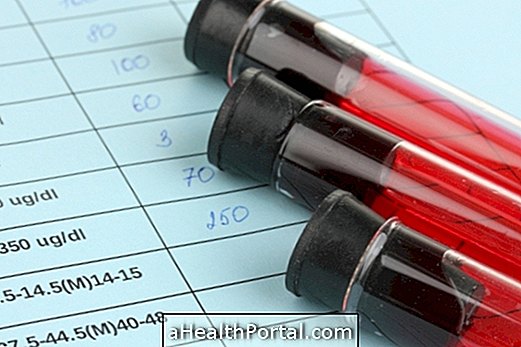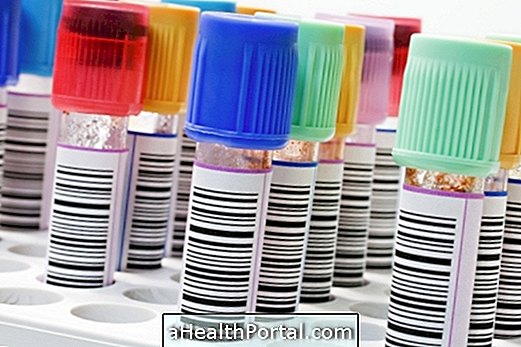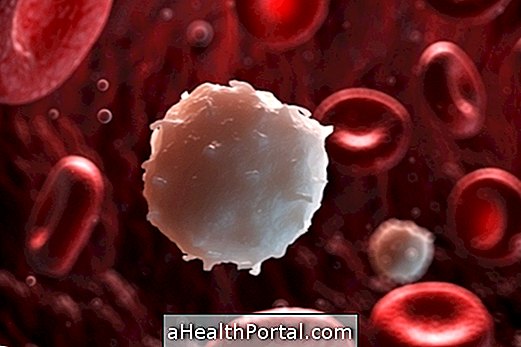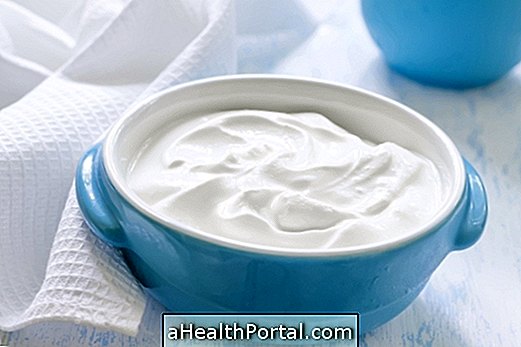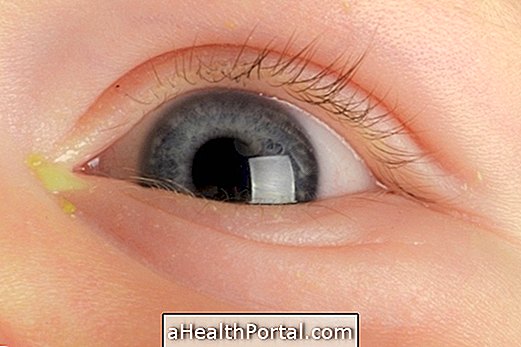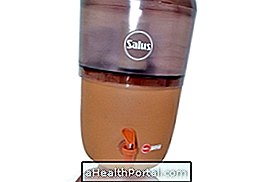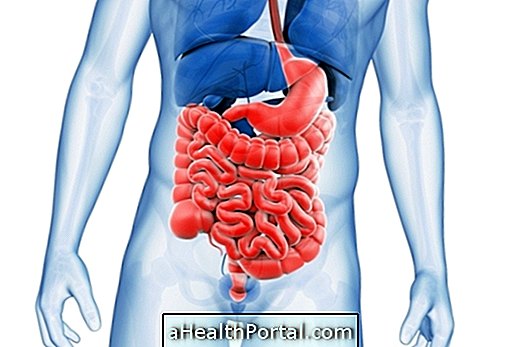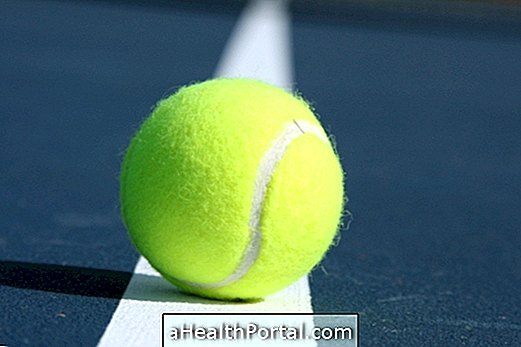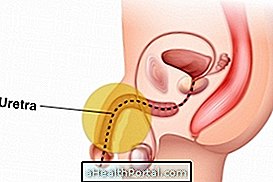Cholangiography consists of an examination of the bile ducts that allows visualizing the bile pathway from the liver to the duodenum in order to diagnose some obstruction in the bile ducts, which can be caused by a tumor, calculus or other body weird.
In addition, this technique also helps assess other lesions, stenoses, or dilatation of these ducts. There are several types of cholangiographs:
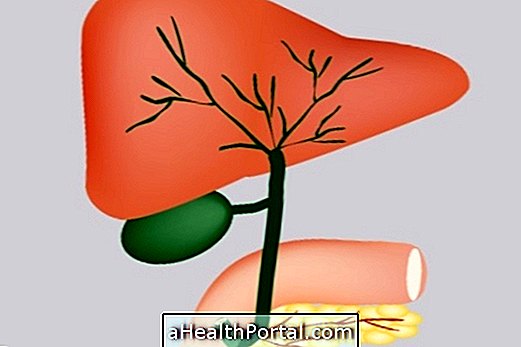
1. Intravenous cholangiography
This method consists of administering a contrast in the bloodstream, which will then be eliminated by bile. After this, images are obtained every 30 minutes, which will allow to study the bile ducts. This technique is indicated for when the gallbladder can not be observed in an oral cholecystogram, in people who have previously taken it or who can not use contrast.
2. Endoscopic cholangiography
This technique is performed by the introduction of a probe into the endoscopy apparatus, which is introduced from the mouth to the duodenum. The probe is introduced into Vater's ampoule, where the contrast agent is administered and then an x-ray is made at the site of contrast.
To perform this method, one should fast for about 6 hours and a sedative is given to avoid pain and discomfort.
3. Intraoperative cholangiography
In this method, the examination is done during gallbladder removal surgery, called a cholecystectomy, where a contrast agent is administered and several x-rays are performed.
4. Postoperative cholangiography
This technique is performed after the gallbladder removal surgery, aiming to evaluate the bile ducts after this removal, in order to prevent complications that may be caused by residual calculations not detected during surgery.
In the course of this surgery, a Kehr drain is placed in the main bile duct so that later contrast injection is allowed to allow evaluation of the biliary tree after gallbladder removal surgery and removal of the stones through a special catheter . The images of this examination are obtained by means of magnetic resonance.
Contraindications
This test should not be performed by people with hypersensitivity to contrast, infections of the biliary system, which have high levels of creatine or urea.
Side effects
Although not very common, the side effects that can occur due to the performance of this test are bile duct damage, pancreatitis, internal bleeding and infections.

